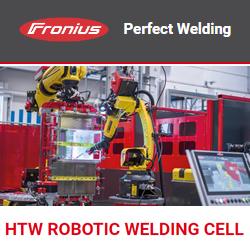Adjusting M&A Strategies in Response to Changes in Global Trade Policies and Tariffs
How are global tariff increases impacting M&A activity?
The uncertainty created by on-and-off-again US tariffs is creating both challenges and opportunities for dealmakers. First-quarter deals on Datasite, which annually facilitates around 19,000 new deals, are up 12% globally year-over-year, creating strong momentum for 2025.
Yet, beneath this headline figure lies a more complex reality. In the US, which accounts for almost half of global M&A, first-quarter volume has slipped 13%. Many of the deals announced in the first quarter were initiated last year, during a period of growing optimism driven by the prospect of a business-friendly US administration. However, recent trade policies have dampened optimism, and uncertainty has returned to the market.
How are companies adjusting their M&A strategies in response to changes in global trade policies and tariffs?
The market uncertainty is causing some dealmakers to take a ‘wait and see’ approach and others are digging into due diligence with greater vigor. This is evident on Datasite, where hold rates on deals are up three percentage points in the first quarter, year-over-year. Successful buyers are taking more time with due diligence instead of rushing through, particularly in the healthcare and energy industries.
Do you believe tariffs are affecting how companies are valuing potential acquisitions? If so, how?
Tariff risk analysis is in just about every valuation model. This unpredictability means dealmakers must remain vigilant about policy changes that could accelerate, or drag out, deal timelines. The key is preparation, anticipating increased levels of review, longer review processes, and leveraging technology to expedite diligence. Otherwise, there are signs that some investors are adding protective clauses in case markets don't rebound, while others are offering better terms to close deals.
How are companies leveraging M&A as a tool to mitigate the effects of tariffs, such as by acquiring assets that help diversify their supply chains?
Some are accelerating the reshoring trend that began during the pandemic, while others are seeking to consolidate domestic capabilities and reduce international vulnerabilities by acquiring advanced technologies, like AI, to bolster their technological capabilities, particularly in automation and digitization, to stay competitive. New global technology, media and telecommunications (TMT) deals on Datasite, especially asset sales and mergers, were up 11% in the first quarter.
How are dealmakers staying ahead of the curve when tariffs are a moving target?
Despite a potential drag on transaction timelines, pent-up demand and strategic opportunities will likely drive dealmakers to adapt and make transactions where possible. The private equity sector, which can’t afford inactivity, will continue to deploy creative deal structures to navigate through this uncertain landscape, potentially creating a buffer against the tariff headwinds, while maintaining M&A momentum through 2025.
Featured Product

